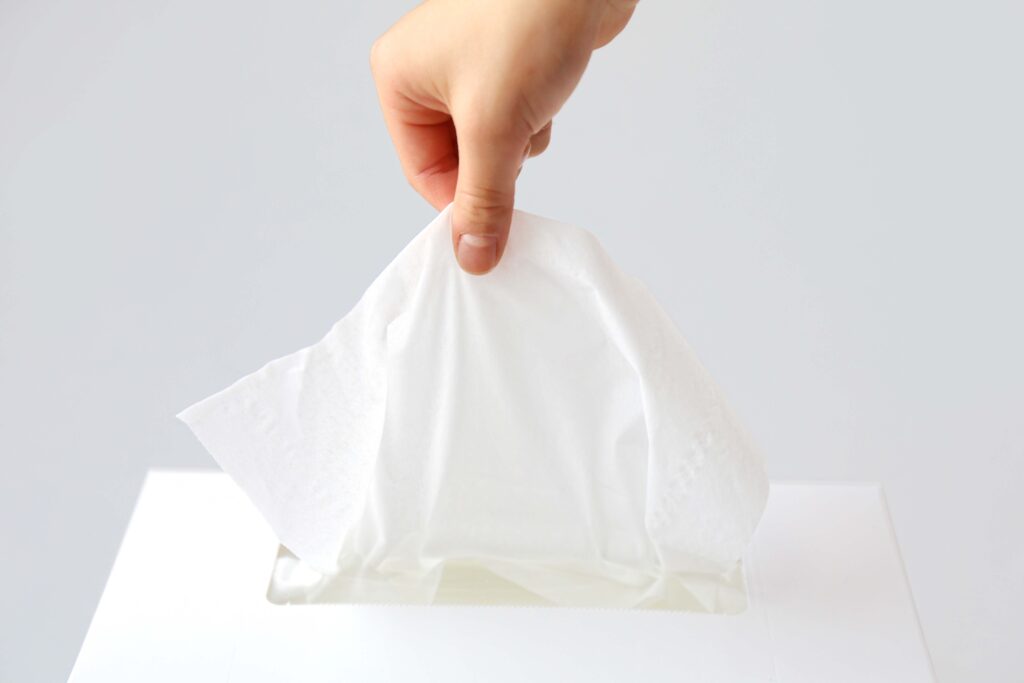“We heard about Sensory evaluations. But what can sensory evaluations do for our product development?“
We answered this question by offering sensory workshops for our clients and sensory tests with consumers to meet their needs.
The Context
Our client, a consumer goods company, wanted to assess how consumers perceive facial tissue papers and what improvements their products needed to win against the competitors in the Japanese market.
The Challenges
#1. Interests in sensory testing but no experiences
First, the client asked us what sensory testing can do for product development. They were interested in sensory testing because consumer surveys and focus group interviews did not direct what product characteristics should be improved. But they never conducted sensory testing at all.
#2. Time constraints
Our client also had time constraints for product improvements before the product launched. Namely, we had only less than 1.5 months to complete the study. Unfortunately, this means we could not recruit many consumers for large-scale testing.
The Solution Approach
#1. Preparation: Sensory Knowledge-Sharing
Before starting the project, we conducted sensory workshops for the client team about the fundamentals of sensory evaluations. We also conducted pilot sensory tests to have the client experience the tests.
#2. Sensory Testing: Consumers with Product Differentiation and Descriptive Skills
To minimize the base size of sensory testing, we pre-screened consumers who could describe details in product attributes in usage. For example, the selected consumers told us how their hands felt when taking the tissue paper from the box and rubbing it. Furthermore, we checked whether they could detect product differences correctly. Then, we conducted sensory testing on test products among the selected consumers. We completed the sensory testing on more than ten products in 1.5 months through schedule management and collaboration with recruiters.
The Outcome
The clients utilized the obtained results to swiftly modify their products. Moreover, they frequently performed sensory testing using this approach to oversee and direct the development of their products for the market.
